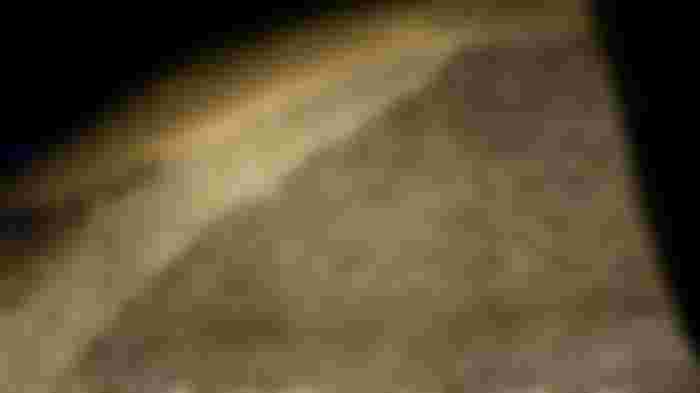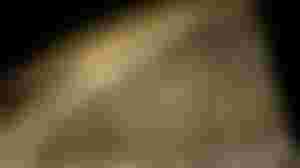
In 1799, while constructing a Ford in Egypt. A group of French soldiers came across an ancient Egyptian tablet containing hieroglyphics on it. What made the discovery of these tablets so groundbreaking was not just the fact that it contained hieroglyphics, because by this point quite a few stones where the script had already been discovered. It was what came with the highest graphics that made these stones so important to Greek. Because while for over A thousand years no one had been able to read the ancient Egyptian script. Everyone trained in classic language could read Greek. This Discovery 40 years later enable the flames scholar Jean-Francois Champollion to finally decorate the meaning of the hieroglyphics. The symbols which had been silent for over him millennium become any window into ancient Egyptian life and culture.
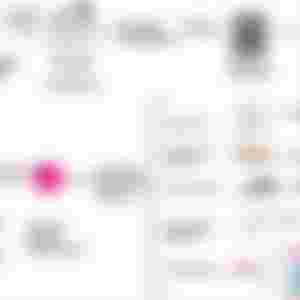
Today in the first few decades of the 21st century, we are faced with a challenge and an opportunity similar to that of the rosetta stone. It comes from a language that dwarfs any human language in the immense number of volumes written in it. And that's the language of DNA.
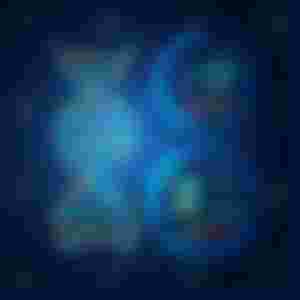
DNA contains the blueprint for every biological process of every living thing on earth. And even a small defect in the genetic code can cause devastating health consequences. Understanding, how genes work? Both individually and with each other is crucial to the development of 21st century personalized medicine. the problem is that even when we actually have an organism's DNA in front of us it's often not easy to tell what an individual gene does. Even more difficult can be taking out the subtle influences that multiple genes have on each other. But answering that kind of question is foundational to attacking genetically influence diseases at the root cause. 40 years ago even if we have had all the genetic information that we have today, by the way, we don't most of it been found in the last 20 years. But even if we had we could not have even begun to shift through it an army of people world never had time to shift through the enormous amount of genetic data needed to answer health related questions today.
However, a new field of biology is being developed that is making what formally seemed impossible into a reality that field is bioinformatics. bioinformatics is the application of statistics and information theory to genetic data. It allows us to shift through an enormous amount of data in a way that would be impossible to do manually.
Let me e give you an example of how bioinformatics can be useful.
There is a very common classic statistical procedure call the two-sample t-test and its purpose is if we have two groups and we want to know if the average number of individuals with certain features in this group is the same as the average number of individuals with that feature is in this group we ran the test to find out. This type of work is done in bioinformatics.
Suppose we one to find out whether a particular gene is associated with thyroid cancer. we could take it sample of maybe the genome of a hundred people with cancer and a hundred healthy people and then count the number of times a gene appears in each group. Once we have those two numbers, plug them into an equation and solve this data analysis.
This is a paradigm example of what makes bioinformatics so useful. we started with an ocean of genetic data the four genomes of 200 people and using statistics have narrow down to just one gene.
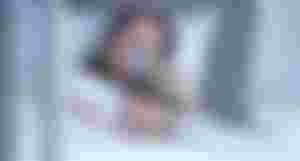
Now I have given you a little bit of an idea of how we use bioinformatics. But you may still be e wondering why a specifically genetic understanding of, how the disease works is important. and answer that question I want to take one particularly scroll condition. As an example, cystic fibrosis is a genetically inherited mutation that causes progressive lung disease, it is called CF and the way that what is everybody lungs yeah theme mucous lining the purpose of which is to cast bacteria and irritants. So de can then be cut out of the lunch and n infection does it start. In CF patients and mucus in march means it does what it's supposed to and catching the bacteria but it keeps them in the lions the very thing which is intended to stop an infection becomes a breeding ground of those same bacteria. Overtime time the thick mucous clogs the airways, information is spread throughout the lungs, and 80% of patients this weeds to death by lunch failure.
Now there are two reasons why I picked CF as my example for how we can be used bioinformatics. The first one more optimistic not that I will get to in just a minute is that the past few years have seen some major advances and how CF is treated and those advantages were based upon a deep understanding of how the mutated CF gene works.
All the existing treatments for CF could be boiled down to two things. one is caring mucus out of the lunch and killing the bacteria that had gotten into the largest these were both helpful but neither of dam actually address the root cause of the condition.

The Egyptian culture which gave us the hieroglyphics have passed into history and all that remains of their civilization are the momentum they have left to us. The day will come when with two to weep the Egyptians are nothing but a thing of the past to those who come after and they will know that we are the first generation and trusted with bioinformatics with all its potential for human health. And when that day comes, when we are nothing but a memory to those who come after when all that is left of us on earth is what we have done with this be our monument to them that we pushed medicine into an undreamt-of frontier that we left behind a better understanding of the disease and had a far been possible before that we took up every weapons bioinformatics has given us and continue this fight against human disease.
Thank you.
